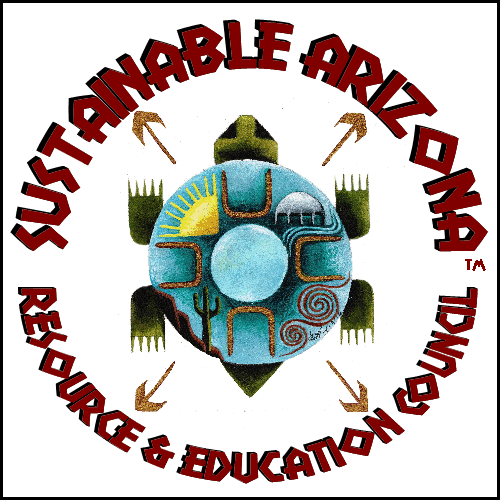This is an interesting article for us here in Arizona where our Senators have sued to stop the Clean Power Plan. The leading businesses understand the value of the Clean Power Plan to the economy, communities and jobs. Our Senators seem to place more value on the benefits to dirty power and the contributions they make to their political campaigns.
Tech titans Apple, Google, Microsoft and Amazon as well as global brand companies Ikea, Mars, Adobe and Blue Shield Blue Cross Massachusetts told a U.S. court Friday that they need the federal Clean Power Plan for economic reasons.
In two separate Amici Curiae briefs filed in U.S. Circuit Court supporting the EPA’s plan for reducing carbon emissions from the nation’s power plants by 32 percent, the corporate giants said without a “national carbon mitigation plan,” they face “undesirable business risk,” energy price volatility and higher costs.
With these arguments, the businesses seem to have flipped prospects for the Obama administration’s centerpiece climate change policy, which only a month ago looked dim after the U.S. Supreme Court ruled to delay its enforcement.
Since the eight companies collectively employ about 1 million people, account for nearly $2 trillion in market capitalization and are major energy consumers — the tech companies alone use 10 million megawatt hours of electricity a year — they have clout.


